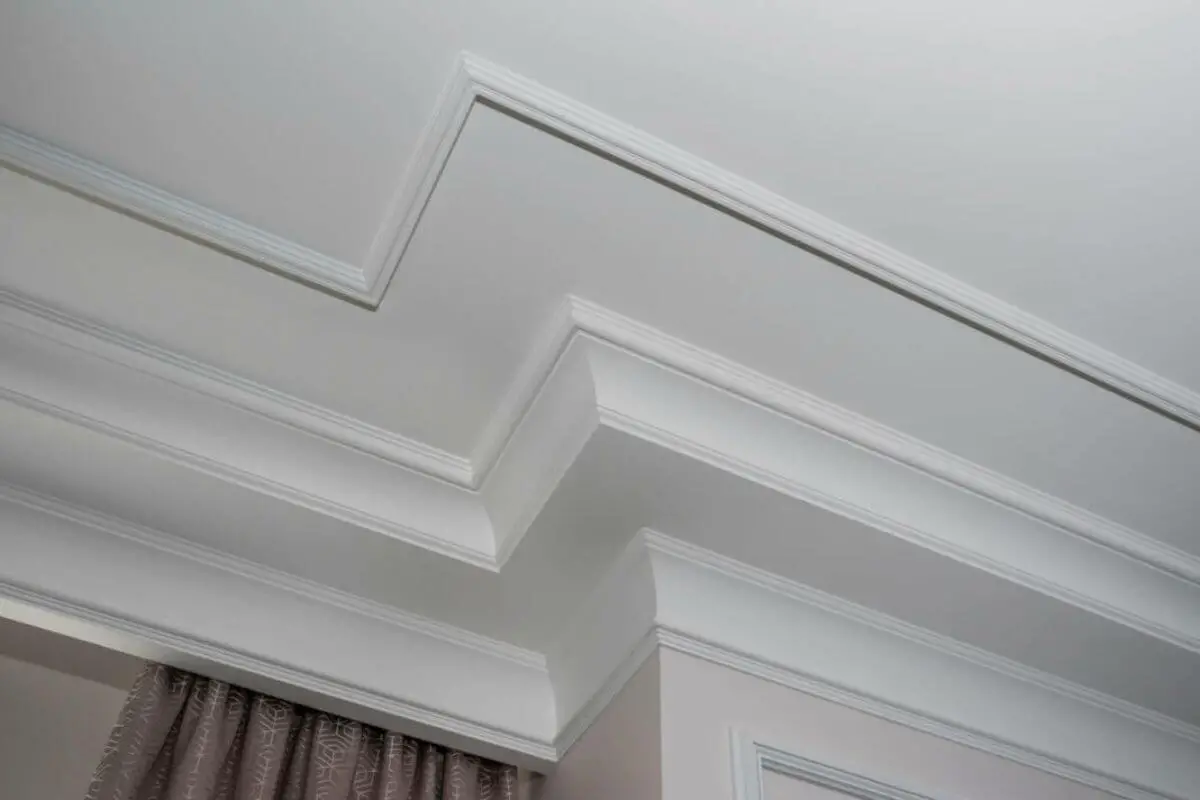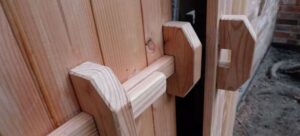When it comes to interior design, even the smallest details can make a significant impact on the overall look and feel of your home. One design choice that often sparks a debate among homeowners and designers is whether to install crown molding or opt for a more minimalistic approach without it. Both options have their merits and can transform the aesthetics of a space differently. In this article, we will explore the pros and cons of crown molding and its absence, helping you make an informed decision for your home interior.
Crown Molding: Enhancing Elegance and Sophistication
Pros:
- Adds Visual Interest: Crown molding is an architectural feature that draws the eyes upward, adding a sense of verticality to the room and making the ceiling appear higher.
- Elevates the Space: The intricate details of crown molding can create a sense of luxury and elegance, making any room feel more sophisticated and refined.
- Covers Imperfections: Crown molding can hide minor imperfections in the joint between the wall and ceiling, providing a seamless and polished look.
- Defines Spaces: In open-concept areas, crown molding can help define different zones and visually separate spaces, providing a sense of structure.
- Versatile Designs: Crown molding comes in various styles and sizes, allowing you to choose the one that complements your interior design theme best.
Cons:
- Cost and Installation: Crown molding installation can be labor-intensive, and the cost of materials and skilled labor can add up, especially for intricate designs.

- Maintenance: Dust and grime can accumulate on crown molding, requiring regular cleaning and maintenance to keep it looking pristine.
- Reduced Ceiling Height: While crown molding can create an illusion of higher ceilings, it physically reduces the available vertical space, which might not be suitable for rooms with low ceilings.
No Crown Molding: Embracing Simplicity and Modernity
Pros:
- Sleek and Modern: Opting for no crown molding creates a clean and contemporary look, perfect for modern interior designs.
- Cost-Effective: Without the expense of crown molding materials and installation, you can allocate more of your budget to other aspects of interior design.
- Higher Ceilings: Without crown molding, the visual focus remains on the height of the walls, contributing to an impression of higher ceilings.
- Easy Maintenance: Without intricate molding details, cleaning becomes more straightforward, saving time and effort in maintaining the interior.
- Versatility in Decor: Crown molding may limit your choice of wall decor and hanging options, but without it, you have more freedom to experiment with artwork and wall-mounted pieces.
Cons:
- Lack of Architectural Interest: Some might find rooms without crown molding lacking in architectural character and visual appeal.
- Exposes Imperfections: The absence of crown molding can make imperfections in the joint between the wall and ceiling more noticeable.
- Less Traditional Charm: For homeowners seeking a classic and traditional ambiance, no crown molding might not align with their design vision.
Conclusion:
The decision to include crown molding or omit it from your home interior ultimately depends on your personal style, design preferences, and the specific characteristics of your space. If you desire to add an elegant and sophisticated touch to your rooms, crown molding can be an excellent choice, especially for homes with higher ceilings and traditional aesthetics. On the other hand, if you prefer a sleek and modern look, skipping crown molding can create a clean canvas for your contemporary design elements.
Consider the overall theme, architectural features, and desired atmosphere of your home when making this design decision. Whether you opt for crown molding or embrace a minimalist approach, remember that both options have the potential to enhance the beauty and functionality of your living spaces, contributing to a home that reflects your unique style and personality.
Frequently Asked Questions (FAQs)
Q: What is crown molding?
A: Crown molding is a decorative trim or molding installed along the top edge of interior walls where they meet the ceiling. It adds visual interest, elegance, and architectural character to a room.
Q: How is crown molding installed?
A: Crown molding is typically installed using nails or adhesive along the top edge of the walls. It requires precise measurements and cutting angles to fit the corners seamlessly.
Q: Can I install crown molding myself?
A: While some DIY enthusiasts may attempt to install crown molding, it can be a challenging task that requires precision and specialized tools. Hiring a professional for accurate installation is recommended for the best results.
Q: What are the different styles of crown molding available?
A: Crown molding comes in various styles and sizes, ranging from simple and understated designs to more intricate and ornate patterns. Some popular styles include Classic, Dentil, Egg-and-Dart, and Cove molding.
Q: Is crown molding suitable for all rooms in the house?
A: Crown molding can be used in most rooms of the house, including living rooms, dining rooms, bedrooms, and hallways. However, in rooms with very low ceilings, it might not be the best choice as it can visually reduce the ceiling height.
Q: How can I clean and maintain crown molding?
A: Regular dusting and occasional cleaning with a mild detergent and water solution will help maintain the appearance of crown molding. Avoid harsh chemicals that may damage the finish.
Q: Can crown molding be painted to match the room’s color scheme?
A: Yes, crown molding can be painted to match the room’s color scheme. It is often painted with the same color as the ceiling or the trim for a cohesive look.
Q: What are some alternatives to crown molding?
A: For a more modern and minimalistic approach, some alternatives to crown molding include using simple trim or leaving the wall and ceiling junction without any decorative elements.
Q: Does crown molding work well with different ceiling heights?
A: Crown molding can work well with various ceiling heights, but it is more commonly used in rooms with higher ceilings to add visual interest and elegance.
Q: Can I use crown molding in combination with other decorative elements?
A: Yes, crown molding can be combined with other decorative elements, such as chair rail molding or baseboards, to create a cohesive and sophisticated look throughout the room.



